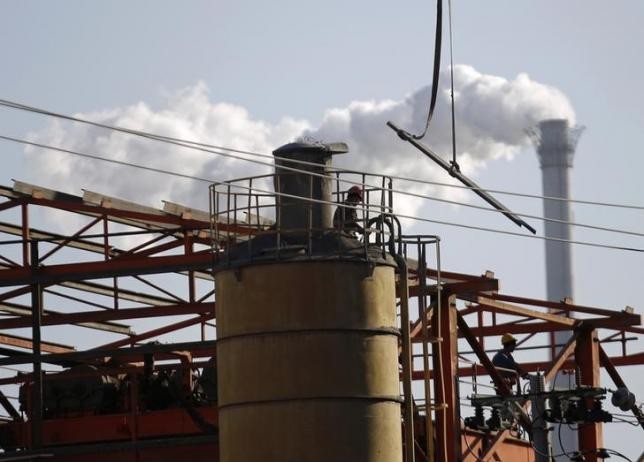A new “Northeast Phenomenon” is expected to be realized in the coming days, as the GDP of the Chinese northeastern provinces of Liaoning, Heilongjiang and Jilin has been growing a relatively slower rate than the rest of the country.
The "Northeast Phenomenon" is a 1990 local economic recession in the country's industrial base in its northeast-located regions that resulted in factory bankruptcy and massive layoffs of industrial workers.
For this year's first quarter, Liaoning's economic growth only reached 1.9 percent, the lowest figure earned by a Chinese province-level region.
According to a Guangzhou South Reviews report, the recent GDP statistics are particularly significant because the solution for this new "Northeastern Phenomenon" will be a crucial factor in determining the country's second wave of industrialization.
China's industrial growth increased 6.8 percent year-on year, covering the months of January and February this year. The mentioned northeastern provinces all gathered below-national-average figures.
While Jilin posted 5.1 percent and Liaoning had 4.5 percent growth, the Heilongjiang Province pulled in the lowest, with only 0.8 percent industrial growth.
The South Reviews post added that this industrial-oriented region of the country has been suffering overproduction.
In 2013, the area produced 120 million tons of cement, exceeding the 60-million-ton demand. This has resulted in the four-month suspension of 103 cement production lines in early 2014.
China's leading coal producer, the Heilongjiang Longmay Mining Holding Group, has also shut down four of its mining operation last year, consequently laying off over 3,000 workers.
Economist Liang Qidong told the paper said that the industries exploiting natural resources account for a big chunk of the region's industrial sector.
Liang also pointed out that their products are sold without processing, and most of them do not make any end-user products, citing locally produced oil as an example.



























